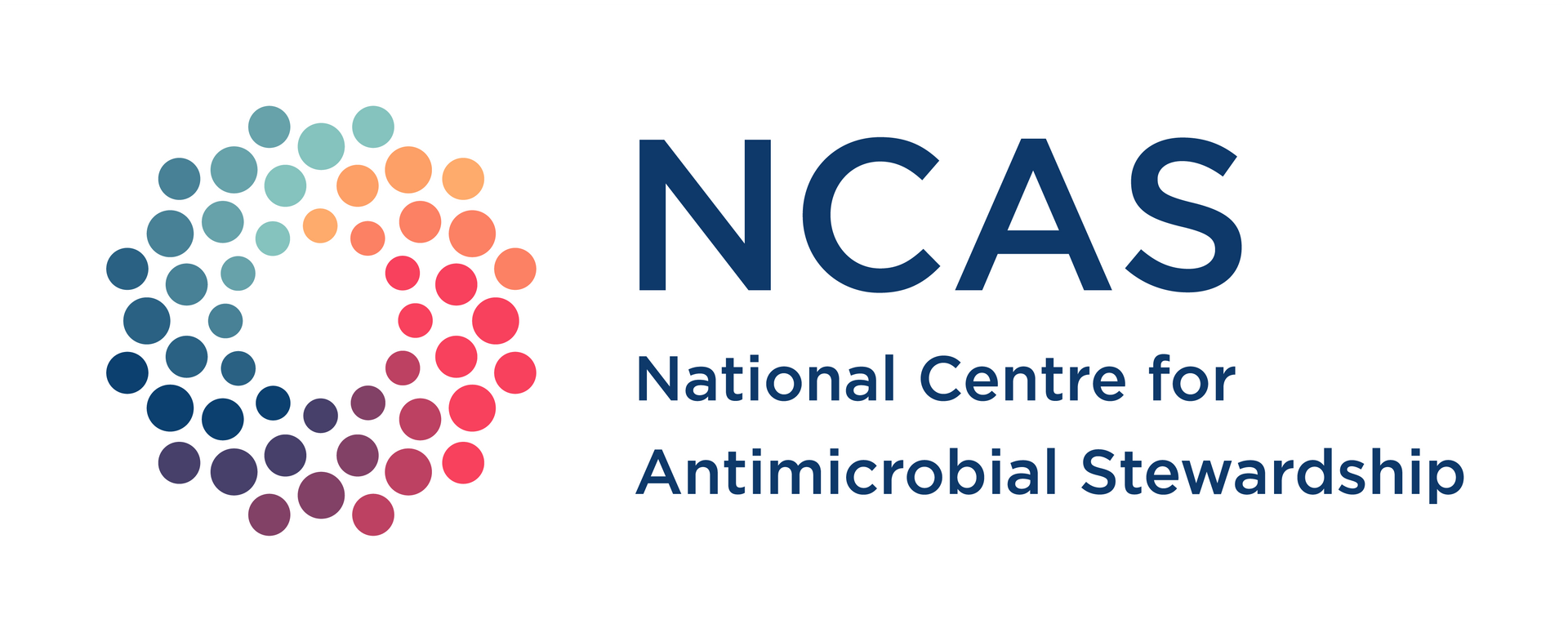Drug resistance: how we keep track of whether antibiotics are being used responsibly
Kirsty Buising and Karin Thursky
(Published in The Conversation)
While we know increasing numbers of bacteria all over the world are becoming more resistant to existing antibiotics, we need to learn more about how antibiotics are being used in healthcare settings.
We know overuse and inappropriate use of antibiotics contribute to resistance, so it’s important we monitor antimicrobial use and develop strategies to improve practice. Australia now has a national strategy to do so.
Importantly, a national surveillance report provides an overview of annually-updated data and analyses from relevant programs. This covers drug consumption in participating hospitals, appropriateness of use in participating hospitals, and prescribing data from GPs and residential aged-care facilities.
While some programs provide representative estimates of drug consumption, the National Antimicrobial Prescribing Survey (NAPS) is unique, in that it assesses the quality of individual patient prescriptions. This means it looks at whether prescriptions were compliant with clinical practice guidelines for the given indications (including drug choice and dose), and whether the overall drug use was appropriate and safe.
Assessing these factors helps to identify areas of inappropriate use and inform changes in clinical practice.
What the surveys found
In 2013-14, 151 hospitals (132 public and 19 private) from all states and territories participated in the NAPS. From that, 12,800 prescriptions for antimicrobial drugs were analysed. In 2015-16, 281 hospitals (213 public and 68 private) participated in the audit, and 22,021 prescriptions for antimicrobial drugs were analysed.
In 2015, on average, 40% of patients in hospitals were administered an antibiotic. Of these, 72% were found to have needed them as they were prescribed, and 35% had a review- or stop-date documented.
Overall, 23% of prescriptions for antibiotics for hospitalised patients were deemed to be non-compliant with prescribing guidelines (40% in 2013-14), and 22% were assessed as inappropriate (29% in 2013-14).
Specific areas that needed attention were identified. In 2015, 40% of prescriptions for the prevention of surgical site infections were assessed as inappropriate. This was mainly because of incorrect duration (30%) and incorrect dose or frequency (28%), or because they were given for a procedure that does not require antibiotics to be used as preventatives (22%). Knowing these common errors means we can give feedback to doctors and, in some cases, help clarify guidelines or develop new ones.
Why does over-prescribing happen?
There are complex reasons why therapeutic drugs, including antibiotics, are sometimes inappropriately prescribed. These can include institutional or systemic cultures that have been in place for a long time. Knowledge gaps are an issue. Despite access to good-quality prescribing guidelines in hospitals, guidelines may not be consulted frequently. The fear of missing infections or adverse outcomes may contribute to excessive or inappropriate treatment.
Sometimes, a lack of resources means staff don’t have the time to review a diagnosis and adjust treatments in a timely way. Some staff may recognise inappropriate use but are fearful about speaking up or contradicting another doctor. Cultural factors such as medical hierarchies can define the workflow in hospitals.
Until recently, there may have been a view that antibiotics “do no harm” and that prescribing “just in case”, or giving more than is necessary, has no consequence.
What can we do about it?
There are no quick fixes when it comes to improving antibiotic prescribing, but concerted efforts can lead to change. Much progress has already been made in several countries, and Australia has been a leader in initiatives aimed at using antibiotics properly and responsibly in hospitals.
Programs aimed at improving antibiotic use are referred to as “antimicrobial stewardship”. Australian hospitals were early adopters and initiators of antimicrobial stewardship programs.
It’s widely recognised that alongside education and training for individual doctors, setting up systems that support better decision-making within hospitals is key to enhancing patient safety and care. Many Australian hospitals have decision-support and approval systems to monitor and control when and how antibiotics are used. This is sometimes coupled with post-prescription reviews by teams of experts, although this should happen more.
Regular auditing and feedback allow problem areas to be identified and strategies to be developed. The NAPS enables pharmacists and doctors in one facility to compare their performance with that of similar facilities.
In addition to providing a national overview of hospital prescribing and helping facilities monitor their performance over time, the NAPS serves to increase awareness of guidelines and appropriate prescribing in hospitals.
Through regular surveillance and the adoption of stewardship programs, we know we can improve antibiotic prescribing and patient care in hospitals.











